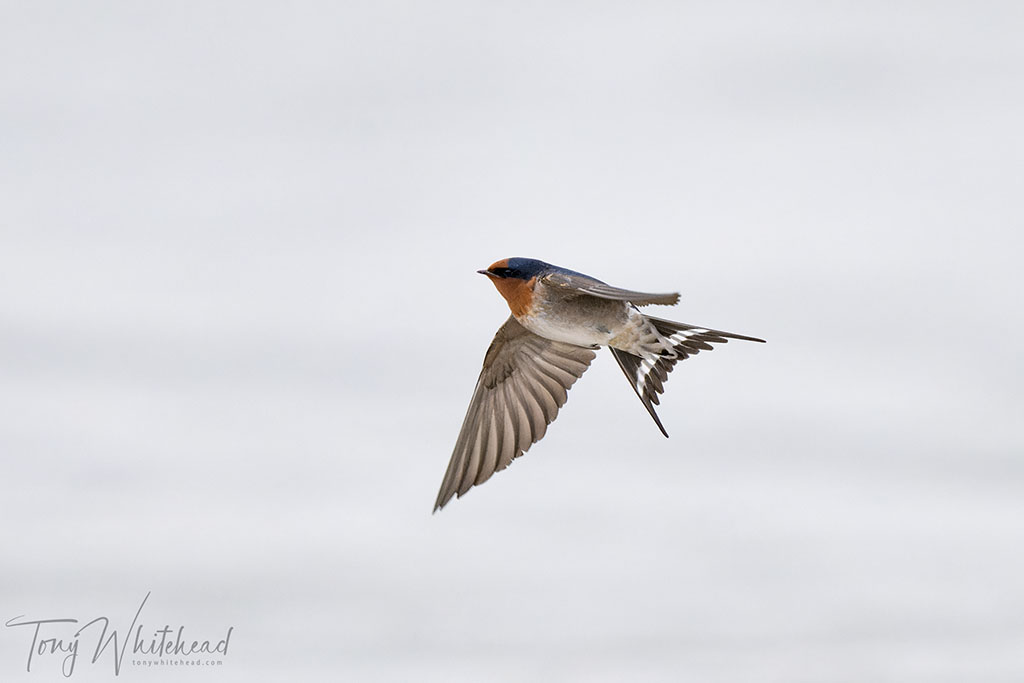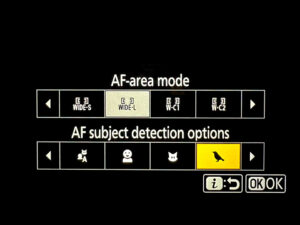The latest release of Adobe Lightroom with AI based noise reduction is a big step forward. For the past year I have been using DxO DeepPrime to demosaic my high ISO RAW files and this has been a revelation, opening up possibilities I had never before considered. How does the new Adobe process compare?
My workflow has to change to use the Adobe Lightroom process. To date, I have processed my RAW file in Lightroom applying global and selective adjustments and then processed through DxO PureRAW which has then returned a DNG file to Lightroom with my edits applied. This file then goes to Photoshop for final polishing.
Using the new Lightroom AI denoise requires the RAW file to be enhanced with noise reduction before being edited. This returns a denoised DNG to the same folder which I can then edit with global and local adjustments before moving to Photoshop.
For the purpose of this comparative test, I created a virtual copy of my RAW file. One I processed as usual for DxO and one I sent for Lightroom noise reduction before copying my adjustments from the copy prepared for DxO. I used the default Lightroom setting of 50% and kept DxO DeepPrime lens softness set at normal.
Results in terms of detail and noise reduction are similar with Lightroom providing a slightly more detailed but slightly noisier file. The DxO Pure RAW has less noise and little less detail. Changing the detail settings in PureRAW may change this but will need more time to evaluate. At this stage I felt it was much of a muchness with both files being vastly superior (completely usable compared to almost unusable) when compared to the old Lightroom noise management.
Looking more closely though, there is something happening in the Lightroom files in relation to colour, presumably in how it is dealing with colour noise. These next detail image comparisons show the difference in colour that I have seen with this image.


The thing that I first noticed was that the Lightroom image had removed the blue from the back of the swallow. Looking more closely I saw that it had also spread the russet from the face onto the bill and eye catchlight as well as the far underwing near the breast and vent area. For this image I think DxO PureRAW does a better job for me.
Revisiting some extremely high ISO images from my original assessment of DxO PureRAW 2, I reprocessed a ISO 25600 image, using DxO PureRAW3 DeepPrimeXD and Lightroom AI Noise reduction.


This again showed Lightroom providing a a slightly noisier image with slightly more detail than DxO PureRAW3 but again the way it handled colours was different with DxO providing cleaner more saturated colours, most obvious in the eye of the coot. Either would provide a great file compared to what was previously achievable with Lightroom. This was highlighted in this next comparison showing the file straight out of Lightroom with the original luminance noise reduction set to 0, colour noise reduction at 25 and then Topaz PhotoAI. A version using Lightroom noise reduction at 50 and then Topaz was marginally better but both markedly worse than Lightroom AI or DxO PureRAW.


Personally I had hoped that Lightroom AI noise reduction would make my need for DxO PureRAW obsolete and save me episodic upgrades. Based on this test that is not the case. Lightroom now definitely outputs vastly better quality files, but the way it manages colours, especially having colours bleed into areas where they are not is an issue. Foe me DxO PureRAW3 still does a better job but we are getting down to the pixel peeping level. It it were not for the colour issue I would be more than happy with Lightroom. To be fair this is the first release and as with all things I’m sure their AI will improve and, hopefully in time I will not need to trip through DxO PureRAW.


